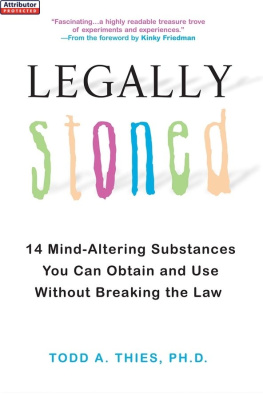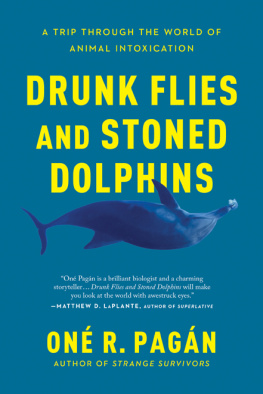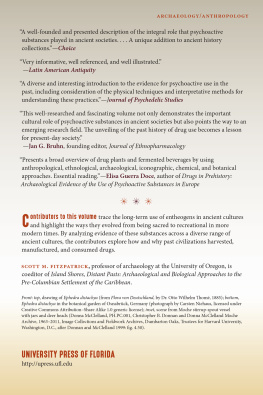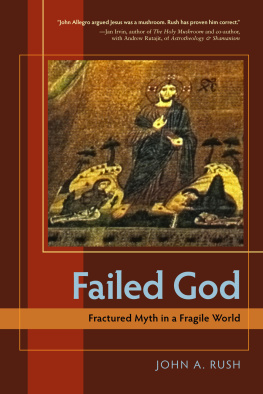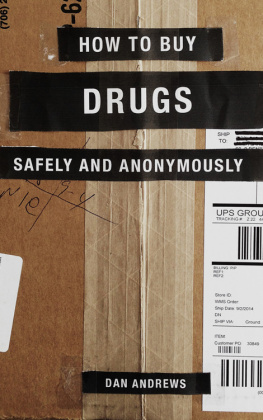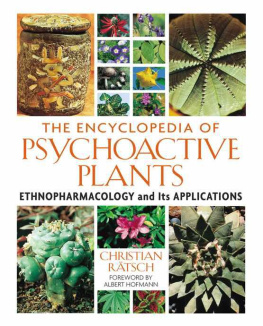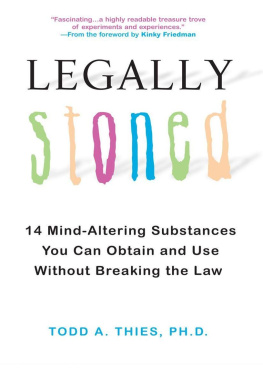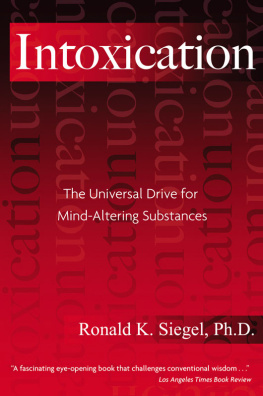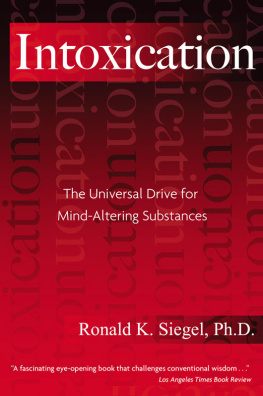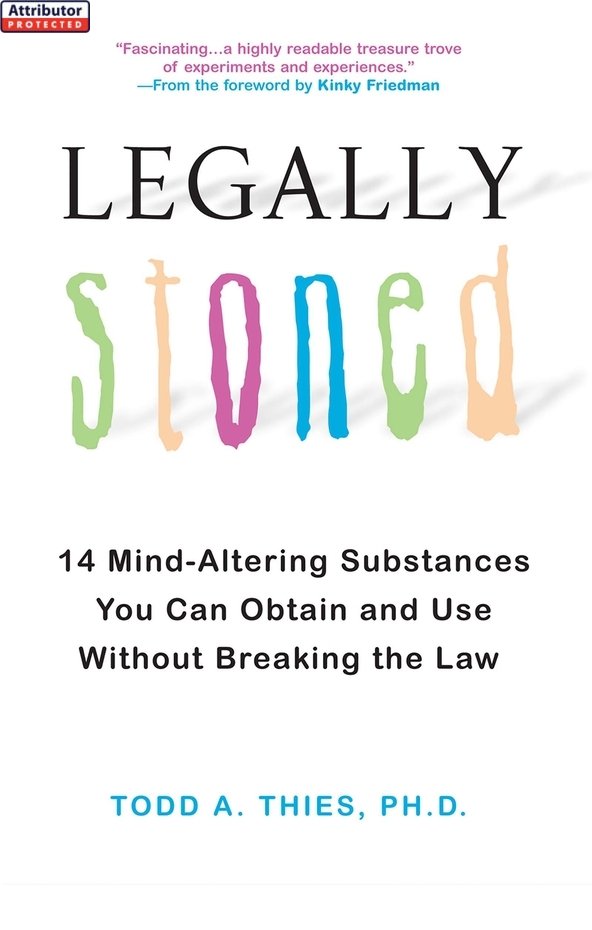Description and History
The opium poppy has been placed into an appendix, separate from the other chapters, because even though there are legal ways to grow it, law enforcement is likely to focus on those growing the poppy to produce opium. The exact legal status of possessing poppy seeds and poppy flowers is debatable, but law enforcement has generally not interfered with buying poppy seeds and growing poppies for ornamental purposes. Law enforcement has treated poppy seeds and poppy flowers as legal, though the law regarding them is unclear. Please note:
It is illegal to produce opium or to even intend to produce it.
It is illegal to possess opium or to ingest opium.
It is illegal to possess or use any of the psychoactive chemicals contained in opium.
On the surface, its legal status is like that of ayahuasca or Anadenathera seeds, where the plant is legal, but the chemicals it contains are not. However, with the former two substances, the government rarely pursues legal action. With the opium poppy, the opposite is true. Law enforcement actively pursues cases of those trying to produce poppies. Having poppies growing in the yard is likely to draw suspicion if witnessed by a narcotics officer. Having poppies and a copy of this book is likely to be viewed as intent to produce opium.
Though one can obtain the means to produce opium legally, the likelihood of law enforcement action if they catch the slightest indication of your intent makes opium different from the other substances found in this book. I have received reports that some law enforcement agencies consider the growing of Papaver somniferum illegal regardless of the reason. This means that even the innocent growing of them for purely ornamental purposes could result in prosecution.
Trying to extract morphine from opium would just add to the crimes one has committed by gathering opium. The method for doing so will not be described here, but the book Opium Poppy Garden: The Way of a Chinese Grower, by William Griffith, describes how to produce morphine from opium.
An example that illuminates law enforcements approach to those legally obtaining poppies or poppy seeds, whom they suspect of intending to make illegal opium, is the case of Jim Hogshire. In June 1994, Loompanics Unlimited published a book by Jim Hogshire titled Opium for the Masses.
This book informed its readers how they could legally buy opium poppy seeds and opium poppies. The book explains how to get the opium from the poppy pod and how to make opium tea from dried or fresh poppies. On March 6, 1996, a search warrant was served at Hogshires apartment and he was arrested. Over a dozen Seattle police officers arrived at the apartment.
The events leading up to the arrest and search were reportedly started by a man named Robert Black. Black had contacted the Seattle police alleging that Jim Hogshire and his wife were involved in narcotics activity in their apartment. Black is a freelance writer who had been hired by a magazine to write an article about the Loompanics Unlimited publishing company. He contacted Loompanics, where someone suggested that he meet with Hogshire, because he had written books for Loompanics.
Jim and Heidi Hogshire agreed to meet with Black and on February 10, 1996, Heidi Hogshire picked up Black at the airport and drove him to her apartment, where he met Jim Hogshire. Black alleged that Jim Hogshire offered him opium tea, which he refused, and that Jim continually drank the opium tea himself. Black reported that Jim also took pills that he (Jim) claimed were Ritalin and snorted a powder he claimed was Dexedrine. Black reported that at approximately 2:00 a.m. on February 11, Jim pulled a gun on Black during an argument over religion and ordered him to leave. The Seattle police also reported other evidence that Hogshire may have at one point been in possession of chemicals that could be used to make either heroin or methamphetamine.
During the search of the Hogshires residence in March 1996, Seattle police found a box containing approximately 2,200 grams of what they believed to be dried poppies. In addition, scales, weapons, pictures, and books were also seized. Jim Hogshire was charged with possession of opium poppies with the intent of producing opium. The prosecution used Hogshires book as evidence against him. This story does have a happy ending, though. The judge in the case rejected the prosecutions arguments and dismissed the charges against Jim Hogshire.
Use of opium from the poppy goes back at least as far as written history (i.e., approximately 6,000 years). The Sumerians in Mesopotamia (where writing first developed) wrote of cultivation of the opium poppy, which they called Hul Gil, the joy plant. Ancient Egyptian hieroglyphics report the trade of opium poppies by 1300 BC, including during the reign of King Tutankhamen (King Tut).
The ancient Greeks and Romans made use of opium. Homer said that Helen of Troy served opium dissolved in wine. The Greek goddess Demeter is often associated with the opium poppy, and depictions of her commonly show her holding them. In 330 BC, Alexander the Great would bring opium to India and Persia. During the crusades, crusaders returned to Europe with opium, and during the Middle Ages, opium was commonly used. During the Renaissance, the doctor Paracelsus investigated the use of opium. He referred to it as his stone of immortality, and he invented the use of opium laudanum. The poets Samuel Taylor Coleridge and Edger Allan Poe were frequent users of opium.
During the fifteenth and sixteenth centuries, the Dutch began purchasing opium from India. The British East India Company would eventually seek a monopoly on the opium trade, by forcing all Indian opium producers to sell only to them. By 1773, the British were bringing seventy-five tons of opium into their country. In 1803, a German named Friedrich Wilhelm Sertrner identified morphine as an active ingredient in opium.

